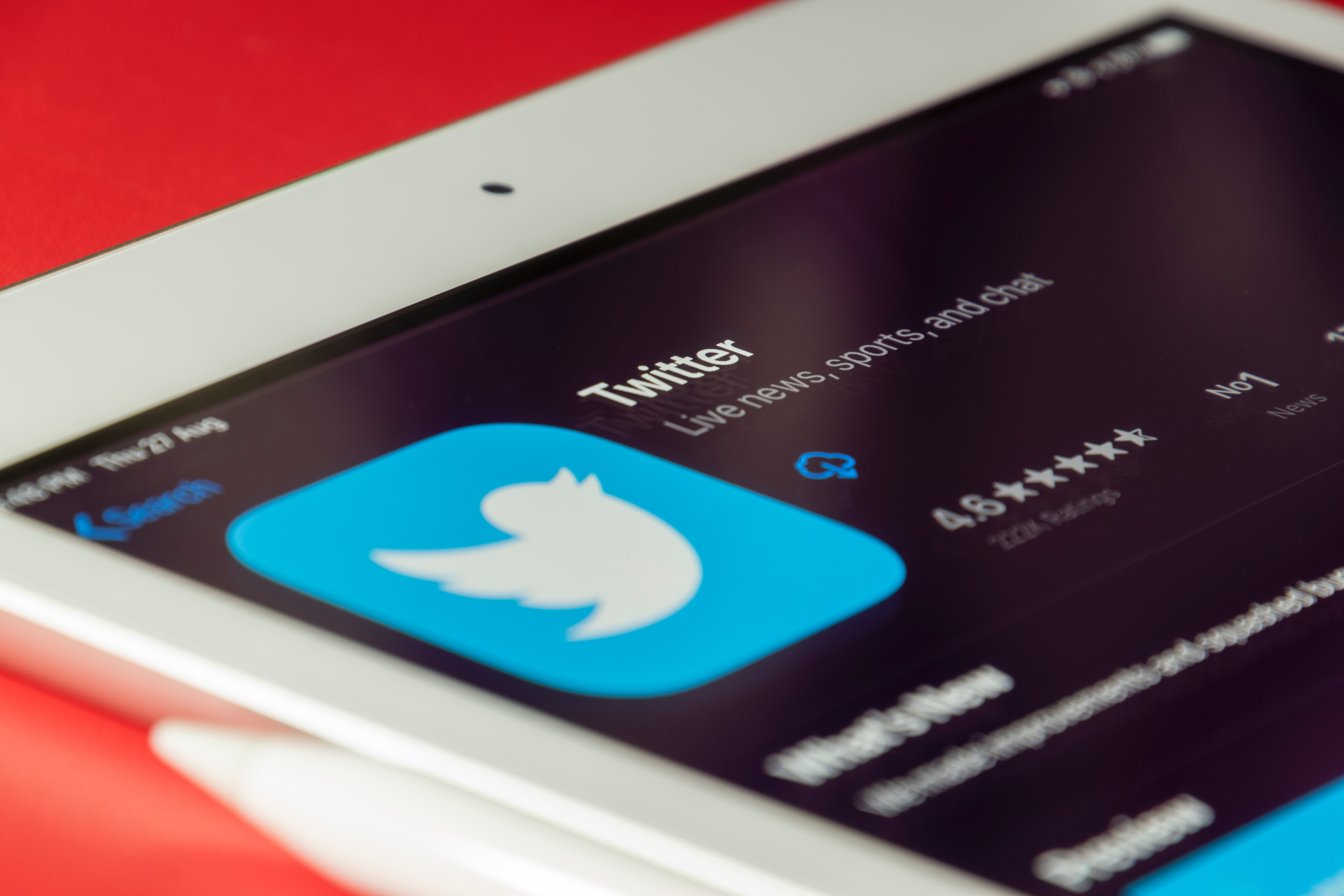The US administration is set to convene a meeting on Friday with government representatives, industry experts, and scholars to explore approaches for developing advanced 6G wireless technology while reflecting on experiences from the 5G implementation.
Although 6G is likely still years away, the initiative aims to outpace China and reinstate the US as a dominant force in wireless communication while ensuring thorough preparation for technologies crucial to national security and economic expansion.
A security official from the Biden administration emphasized the importance of addressing these matters early during a Thursday evening conference call. The administration seeks to learn from 5G's experiences, emphasizing early engagement and resilience in building a 6G network that prioritizes performance, accessibility, and security.
The 5G technology, compared to its 4G predecessor, offered substantial improvements in speed, reliability, and minimal latency, enabling innovations in areas such as medical procedures, transportation safety, and immersive gaming experiences.
While the US has mostly finished its 5G infrastructure deployment, with the last carriers launching their services in 2022, 5G adoption remains behind 4G. ABI Research predicts that by the end of 2023, over 270 million users will rely on 4G, whereas just over 170 million will adopt 5G.
Countries like China have experienced more success in 5G adoption, although the conditions differ due to the Chinese government's greater influence over business decisions, according to Leo Gergs, an analyst at ABI Research.
Gergs also attributed the slower 5G adoption in the US to the unexpectedly slow development of the 5G network infrastructure. Consequently, 5G networks are less powerful, and consumers may not see sufficient reasons to pay extra for 5G connectivity.
Gergs explained that the satisfactory performance of 4G might discourage consumers from paying additional fees for the lower latency and faster data rates that 5G offers.
The specifics of 6G remain uncertain, but the administration anticipates that integrating AI, advanced software, cloud computing, and state-of-the-art semiconductor chips could lead to faster networks supporting applications in healthcare, energy, transportation, water management, and agriculture.
However, Gergs warned that focusing on 6G at this stage might overhype the future technology and further challenge carriers to persuade current consumers to upgrade to available 5G plans.










